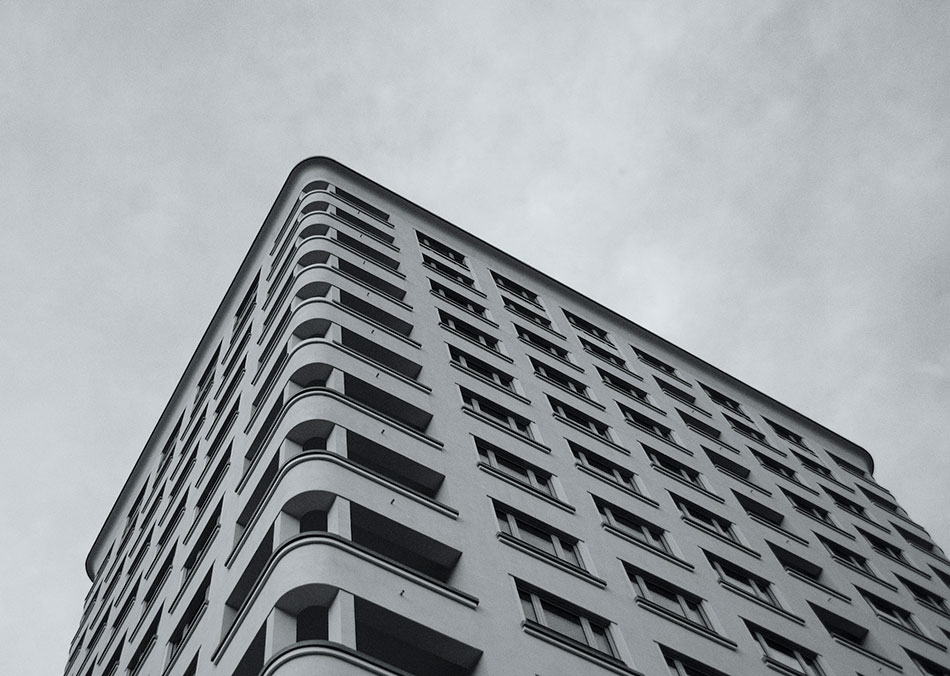As multifamily market expands and investors tap into the unique possibilities, some worry about the state of the market. Where apartment demand was estimated at 300,000 units in 2019, demand is projected at 240,000 units in 2020. While this might be a dip, other factors in the overall look at the multifamily housing market are positive.
In a 2019 outlook article written in January by Lee Kiser, Forbes Real Estate Council member, he initially advised exercising caution in a sluggish market by honing in on fundamentals, investment strategy, and conservative underwriting. However, as the year passed on, multifamily housing saw the reverse when interest rates went down.
Affordability issues are now the norm rather than a blip in the market.
Some millennials will become homeowners, though not at a rapid pace. Still, the demand for multifamily housing will remain stable to absorb the spike in supply, even while starter homes remain less available due to baby boomers deciding to stay in theirs. It’s believed that this aversion to homeownership and issues of affordability will cause a “wave of renters.”
Rent control may shift the landscape, too.
Rent control has caused friction within the industry, and there will be more for the foreseeable future. Oregon and California enacted rent control statewide this year and other states are considering legislation as well. It is also expected that while rent control might damper some of multifamily housing’s sales volume, the expectation of low interest rates is believed to counter issues presented by rent control.
Overall, the 2020 outlook of the multifamily housing market is positive and remains a solid investment.
There is no telling what the potential recession of 2020 may bring to the multifamily housing market, but it’s believed that interest rate cuts of 2019 will potentially help to temper any major effects.
No longer are big cities the main market for multifamily housing investments. This shift from major to secondary tiers opens up even more diverse potential for investors. Apartments are also more tightly linked to demographic shifts and trends than other commercial real estate investments, which is further impacted by the shift from primary to secondary tiers.
You can also optimize your investments by partnering with an experienced investing firm. With decades of experience in passive investing, we can help you to diversify your passive investments and move steps closer to financial freedom.
If you want to discover the ideal passive investments you can make, check out our brand new Wealth Strategy playbook. If you’d like to speak directly to us about your options, schedule a meeting with Dave. We’re excited to hear from you.

